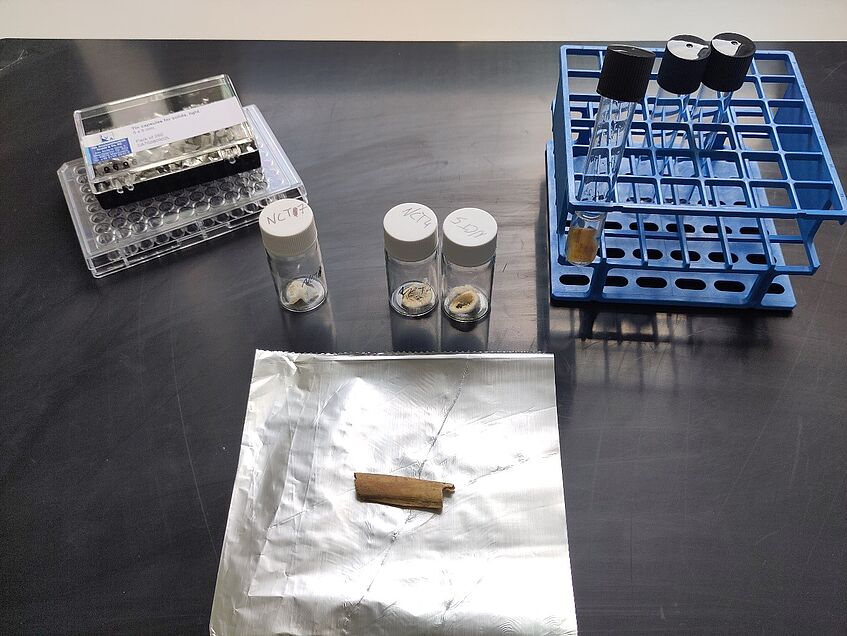Diet and Subsistence in the Early Bronze Age
In this project, we use carbon and nitrogen stable isotope ratios (δ¹³C and δ¹⁵N) of human and animal bones from the Wieselburg/Gáta, Unterwölbling and Únětice cultures to study diet and subsistence in the Early Bronze Age (2200–1600/1550 BC), focussing on Lower Austria.
Team: Magdalena Blanz, Günther Grabner, Karin Wiltschke-Schrotta, and Alexandra Krenn-Leeb
Funding: HEAS seed grant
Start: October 2023
The Early Bronze Age in Eastern Austria
In the Early Bronze Age, the middle Danube region in Eastern Austria had three bordering distinct culture complexes: The Wieselburg/Gáta, the Unterwölbling and the Únětice cultures. They differ in burial customs, in many areas of material culture, and therefore also in economic, ritual, architectural and social spheres. Their habitats are geomorphologically different and each provides sufficient resources for a distinct agriculture and livestock economy. However, very little is known about the similarities and differences in foodways between these bordering cultures. The study of the dietary differences between these cultures allows for a more detailed look at how culture can influence foodways.

Rib prior to sampling (bottom), bone collagen extraction (top right), bone collagen (middle) and tin capsules for mass spectrometry (top left); Image: Magdalena Blanz
Stable isotope ratio analyses in this project
Early Bronze age dietary patterns will be analysed by study of the stable isotope ratios of carbon (δ¹³C) and nitrogen (δ¹⁵N) of bone collagen from humans and animals, as well as botanical remains. Stable carbon isotope ratios of bone collagen will give information about the relative importance of millet (likely introduced in the Bronze Age) compared to C3-plants (e.g. emmer, einkorn, pulses, etc.; introduced in the Neolithic Period) in human diets. Stable nitrogen isotope ratios will help to estimate the amount of animal products (e.g. meat, milk) in the diet. As only two Early Bronze Age sites in Lower Austria have been studied for carbon and nitrogen stable isotope ratios so far (Rebay-Salisbury et al., 2018; Rumpelmayr, 2012), this study will significantly advance current understanding of Early Bronze Age diet and subsistence in Eastern Austria, and also has great potential to provide new insights on the interplay between culture, environment, and subsistence strategies.
The laboratory work for this project will be undertaken at the Bioarchaeology Laboratory for Stable Isotope Analysis of the Vienna Institute for Archaeological Science, and the SILVER laboratory.
This project is a collaboration between the Vienna Institute for Archaeological Science, the Department of Prehistoric and Historical Archaeology (both University of Vienna) and the Natural History Museum of Vienna as part of the Human Evolution and Archaeological Sciences research network.
